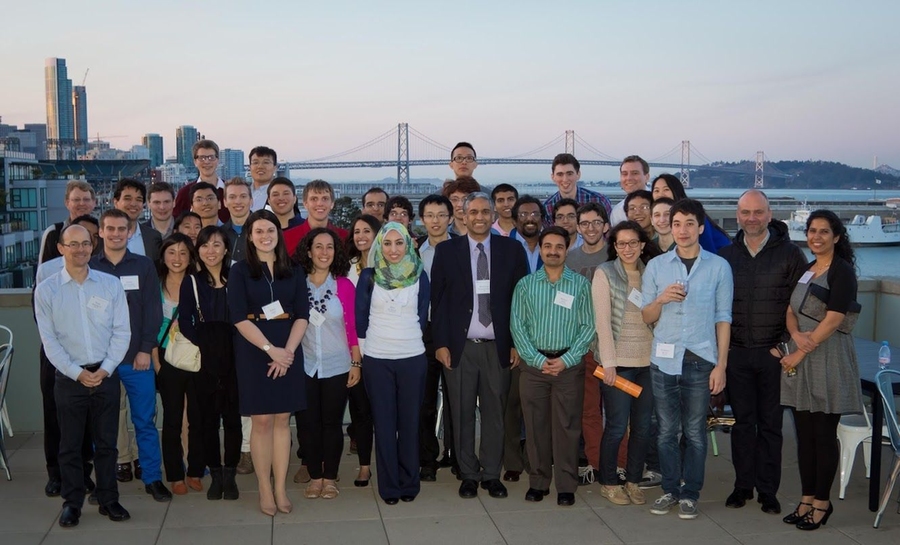Ever since Course 6 started graduating students more than 100 years ago, alumni from electrical engineering and computer science (EECS) have been at the heart of creating industry around their fields. However, this year, in an effort to support the EECS community that's still in school, the department launched a new program, Start6, an Independent Activities Period (IAP) workshop for student entrepreneurs and innovators.
“Start6 is an opportunity for our students to learn more about the nuts and bolts of building a successful company,” says Anantha Chandrakasan, the Joseph F. and Nancy P. Keithley Professor of Electrical Engineering and EECS department head. “It introduced them to successful entrepreneurs and leaders in the venture capital field, and it provided them with expert advice and seed funding.”
Students applied for the program last fall by writing about an idea or prototype they wanted to tackle, and by explaining how they wanted to move their idea forward commercially. Approximately 60 students — undergraduates and graduate students, as well as postdoc fellows — making up 40 teams emerged from the applicant pool. Their ideas ranged from a smart parking system at Logan Airport that harnesses big data to better advise patrons on parking options, to a medical imaging platform that will allow dermatological patients and doctors alike to better track the progress of lesions during treatment.
Start6ers spent IAP covering topics such as equity division, funding models, marketing, scalability, and team building. And there to help them along the way was an all-star cast of more than 50 featured speakers, including some of the most successful and prolific MIT entrepreneurs — many of them from Course 6. Speakers included: Paul English (co-founder of Kayak), Mike Evans ’00, MNG ’00 (chief operating officer and co-founder of Grub Hub), Max Krohn PhD ’08 (co-founder of OkCupid), Drew Houston ’05 (co-founder of Dropbox), Jeremy Wertheimer PhD ’96 (vice president of Google), and Raymie ’90, PhD ’96 and Ray Stata ’57, SM ’58, to name a few.
Throughout the workshop, students heard stories — both successes and failures — from these leaders. Not surprisingly, several themes bubbled to the top: passion, focus, persistence, resilience, and team-building. “Be passionate about your idea,” said Dave Gifford, an EECS professor and founder of several startups. “A startup has to be meaningful to you as a creative act. Money is secondary.”
That message resonated with Ari Weinstein, a freshmen from Philadelphia who plans to major in Course 6. “It’s awesome to hear insightful things from people who have done this before and know what they’re talking about,” he said. Weinstein himself has some entrepreneurial experience. He and his friend, still a high school senior (who will come to MIT next year), created DeskConnect, an app that allows users to share files between devices with one button. Their app already has more than 140,000 registered users and spent two weeks in the top spot on the App Store.
“Start6 is meant to support our community of innovators, not just at MIT — but out in the world,” Chandrakasan says. “We want to catalyze creative technological ideas, and encourage our students to explore the entrepreneurial landscape.” To that end, Chandrakasan flew the top Start6 students to Northern California over spring break to visit startups, meet more alumni, and engage with and present to more venture capital firms. Their trip included tours and talks at Dropbox, Lemnos Labs, Quizlet, Meraki, Cisco, FireEye, and Pinterest, as well as a pitch session at Andreessen Horowitz, a Menlo Park venture capital firm.
Since the January workshop, many of the students have experienced successes, roadblocks, and even failures as they work on their fledgling companies — which is all part of the process. Some teams are actively seeking funding, while others have abandoned their original Start6 idea — and are at work on their next one.










